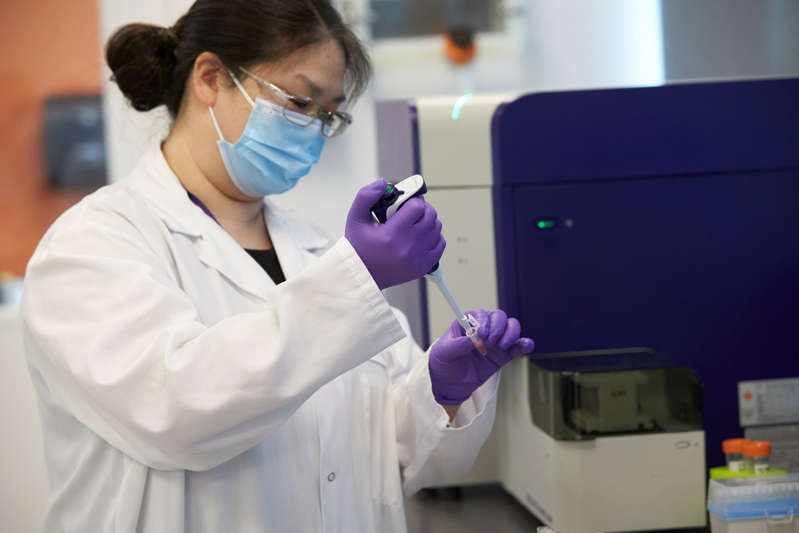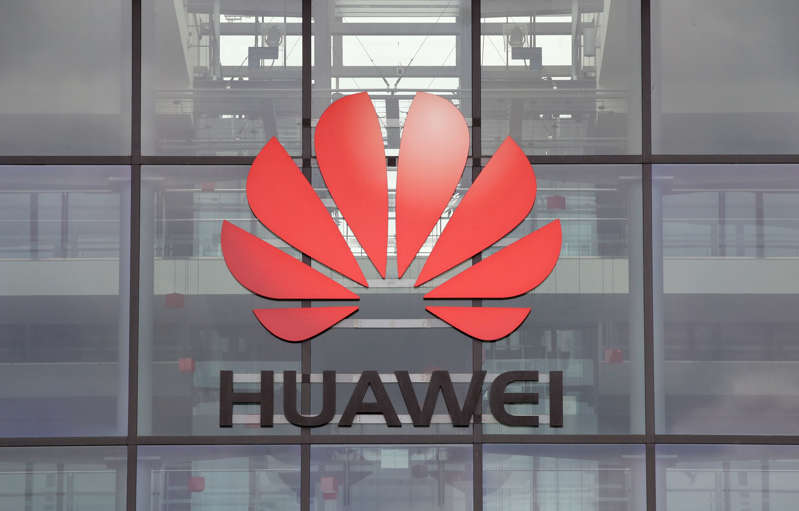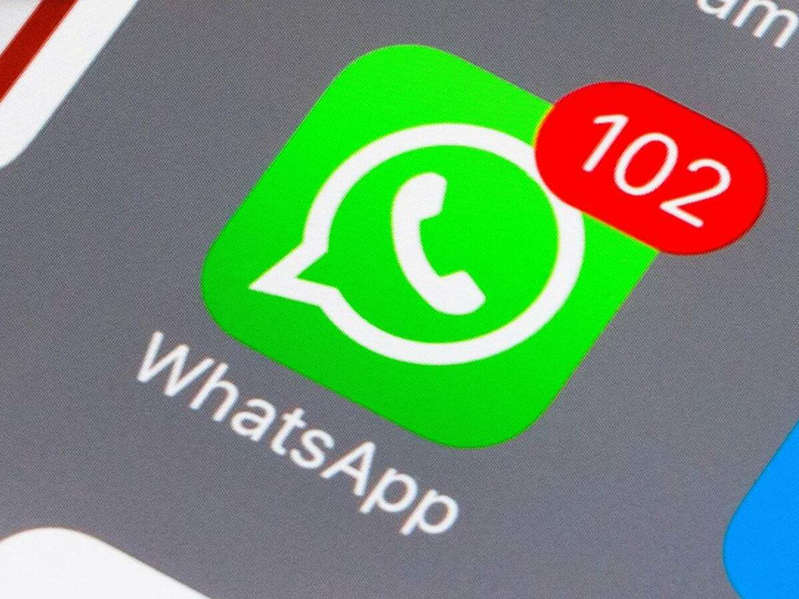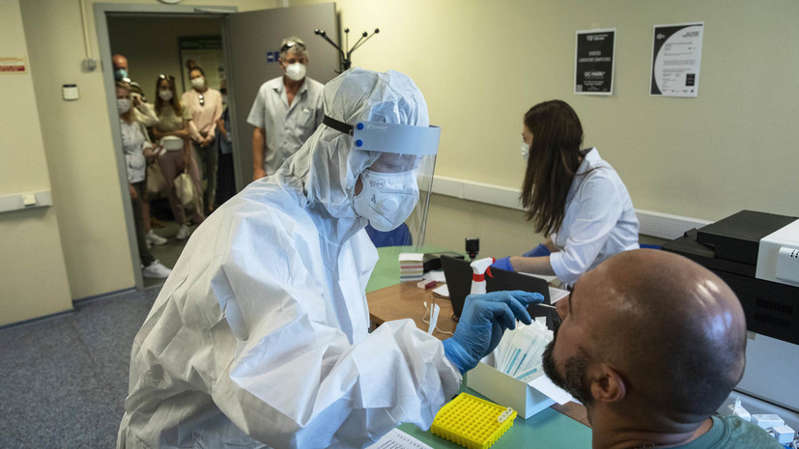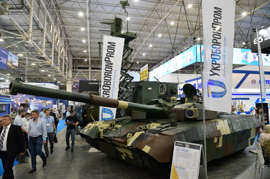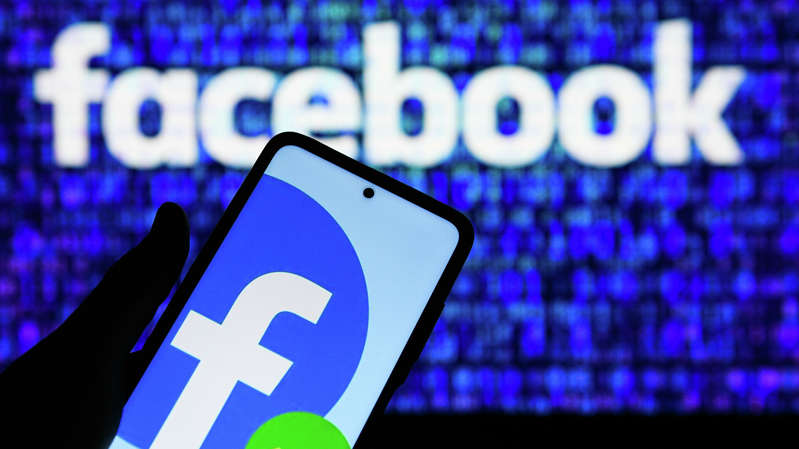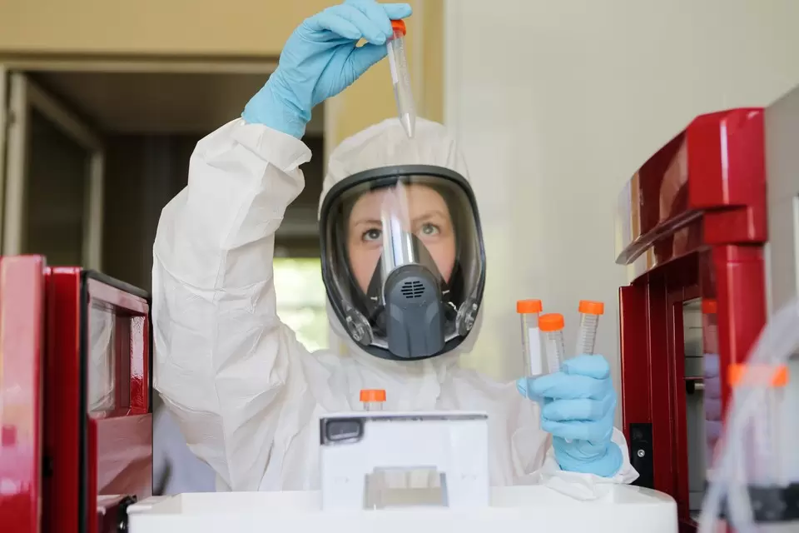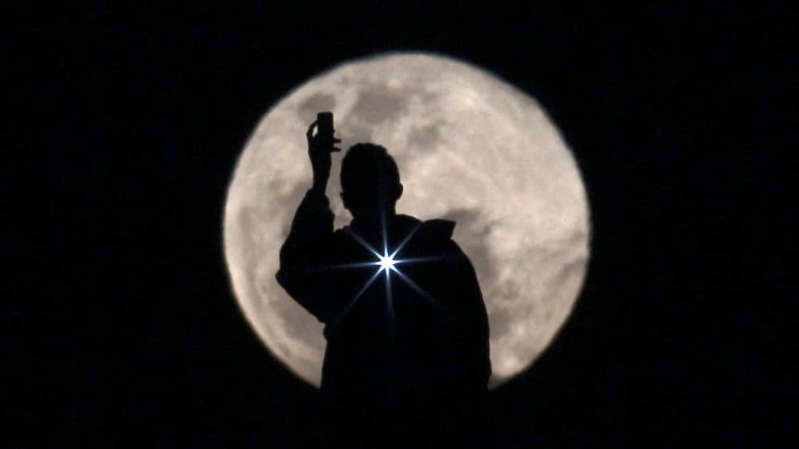
How NASA infiltrated all modern mobile devices
Every time we take a photo with our mobile phone, we are using the development of NASA. Looking at the result obtained, we are also looking at the development of NASA. And even to understand exactly where we took this photo, NASA also helps us. The developments, once sponsored by the American space agency, have spread throughout the Earth and have become a part of our everyday life. And in December, one of these technologies will go into deep space to help people find signs of extraterrestrial civilizations.
If your mobile device has an OLED display, then you are a user of space technology. Moreover, the screen of your gadget could have been created at the same factory that completed work on the mirror of the James Webb space telescope in June this year. In December of this year, he should begin his journey of 1.6 million kilometers from Earth to provide scientists with data on the most distant corners of the galaxy from us.
James Webb is an orbiting infrared observatory intended to replace the Hubble Space Telescope. It will not be just a change of apparatus, but a change in technological eras. The device will allow you to see not only further, but also better – it is about 100 times more powerful than its predecessor. It is also much larger – the diameter of its mirror is 6.5 m.
The creation of the new telescope began over 20 years ago. First, in order to launch a mirror of this diameter into orbit, it was necessary to find a new material for its manufacture. A larger analogue of the mirror installed on the Hubble would have been 10 times heavier. Such a weight simply could not be launched into space. As a result, experts from NASA and other US space agencies made a choice in favor of beryllium-based technology proposed by Ball Aerospace & Technologies. In addition, it was decided to make the mirror not solid, but of 18 segments, which will automatically unfold into a single surface already in orbit.
However, in order for a telescope to be able to capture the subtlest changes in space, its mirror must be perfectly flat. The technology for polishing mirrors to this state was proposed by Tinsley Integrated Optical Systems. It was her engineers who jointly found a way to make sure that the surface drops of mirrors with a diameter of several meters did not exceed a few atoms. And in June of this year, NASA announced the successful completion of mirror polishing for “James Webb” at the Tinsley plant in Richmond, California.
While Tinsley was working on a perfectly smooth large-diameter mirror, another Californian company, Coherent, was looking for a way to laser cut as large sheets of silicon as possible to make displays. The larger the sheet, the more profitable it is for the manufacturer. However, as the area increases, so does the complexity of processing. It requires much more advanced optics. For her Coherent and turned to Tinsley. As Coherent admits, without that order from NASA, they might never have moved on to a larger scale production of displays. And in 2015, the companies merged.
The Richmond plant now manufactures organic light-emitting diode (OLED) displays for modern home appliances and mobile devices.
But OLED displays are far from NASA's only contribution to mobile gadgets. So, for example, all modern digital cameras are equipped with complementary semiconductor image sensors based on metal oxide – an invention of Eric Fossum, which underpins all modern digital photography and video.
And in the 1990s, NASA's lab developed software to correct errors in data coming from the agency's global receiver network. The technology formed the basis for the GPS satellite navigation system, which can determine the location of an object with an accuracy of 5 cm. This was a huge step up from 15 m accuracy before.
In general, according to the NASA website, over the past half century, more than 2 thousand space technologies have been created, which then entered our daily life.
Kirill Sarkhanyants
Read also:

